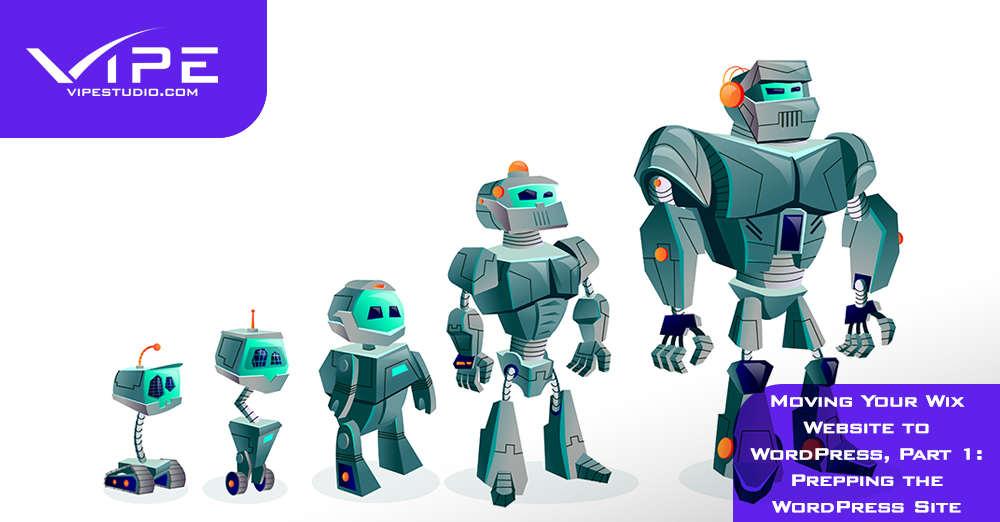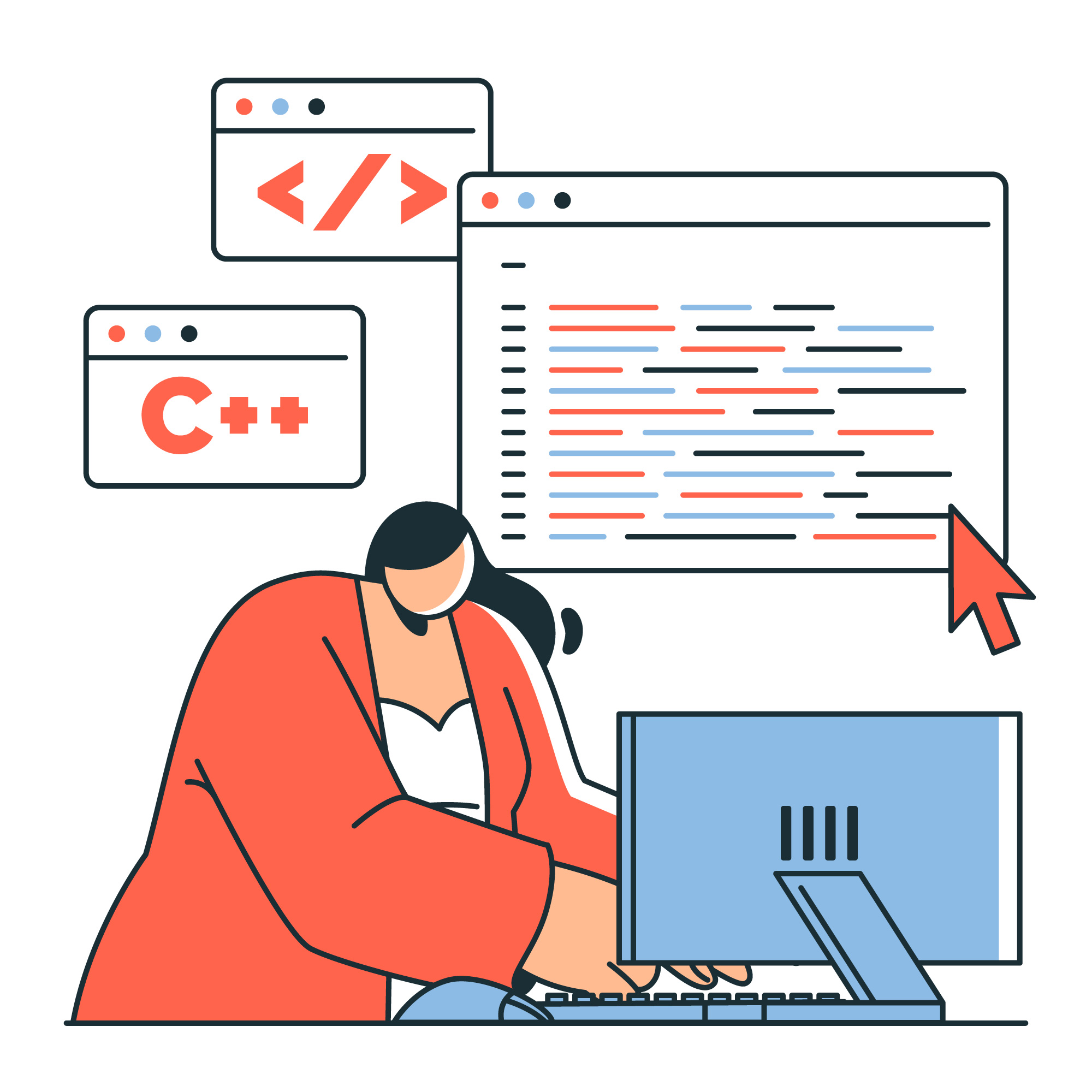Moving Your Wix Website to WordPress, Part 1: Prepping the WordPress Site

READING TIME: MIN
Wix is a pretty popular website builder for people who are new to the whole website thing, and it has a dedicated and satisfied user base.
But we who work with WordPress day in and day out know one thing – that at some point, your business and your content grow beyond what easy website builders like Wix can offer. And that is when you’re ready to join more than a third of the internet – 38.4% of all websites to be precise – on WordPress. WordPress easily allows more control and way more functionality than Wix is designed to do.
In the first part of this series on migrating your Wix website to WordPress, we’ll look at how you can set up the WordPress side of things.

Getting the WordPress Site Ready
The first stage in this process is obviously to get your WordPress site ready to evolve into the new destination for your current visitors on the Wix site. Of course, how long this will take for you depends on:
- the extent of your Wix content,
- how much of your current SEO setup you need to retain, and
- how comfortable you are with WordPress.
This involves a four-step procedure:
Step 1: Buying Hosting for WordPress
Wix gives you hosting as part of the package, so when migrating to WordPress, you have to host the new website, which is something you’ll need to purchase. You’ll also be buying a domain name, or if you already bought one with Wix, you’ll need to move it over to WordPress.

Step 2: Installing WordPress
Once hosting and domains are taken care of, you’ll have to start building the website itself. The first part of this is to install WordPress. Depending on the hosting solution you’ve chosen, the installation process may differ. Most hosting providers will provide an automatic installer, which you can find in the control panel for the hosting solution.
Once WordPress is installed, you should be able to login to the backend of the site you’re creating. You can access the login page at a URL that might look like http://yournewsite.com/wp-admin
Step 3: Setting up the Site
Once you’ve used the login page to log onto your website backend, you’ll see the dashboard that’s available to all WordPress sites. This is a great time to optimize some WordPress settings before you get down to building the site:

- Under ‘Settings’, you’ll find ‘Permalinks’. Select the ‘Post name’ option, so that your URLs use the post names, improving the readability of the URLs and easier for search engines to parse.
- Next, navigate to ‘General’ under ‘Settings’ and locate the two text boxes named ‘Site Title’ and ‘Tagline’, where you can fill in the existing site name and tagline from your Wix site.
- Try your hand with the other settings as well, and tweak and customize the way you want to.
Step 4: Customizing the Site
There’s a plethora of plugins, addons and themes that you can use to completely customize your WordPress experience.
For instance, if you select ‘Appearance’ on the WordPress dashboard, you’ll see ‘Themes’, and you can ‘Add New’ themes from the wide variety of free WordPress themes on offer. Though if you’re in the mood to splurge a bit, you can treat your new website to premium, high quality paid themes that don’t add just aesthetics but also functionality that you might need and even customization extras. You might even luck out and find a theme that replicates the Wix site design you’re used to if that’s what you want.
If you’re interested in customizing the theme, look in ‘Themes’ and click on ‘Customize’, which should allow you to change some of the basics. To really get into theme customization some more, it would be best if you checked out the help docs of the theme you’ve picked and learn how it works.

With that taken care of, your WordPress site is now ready to receive the content from your Wix site, which we’ll tackle in the next part of this series. Until then, hang on to that Wix site and get ready for the vast and exciting world of WordPress!

